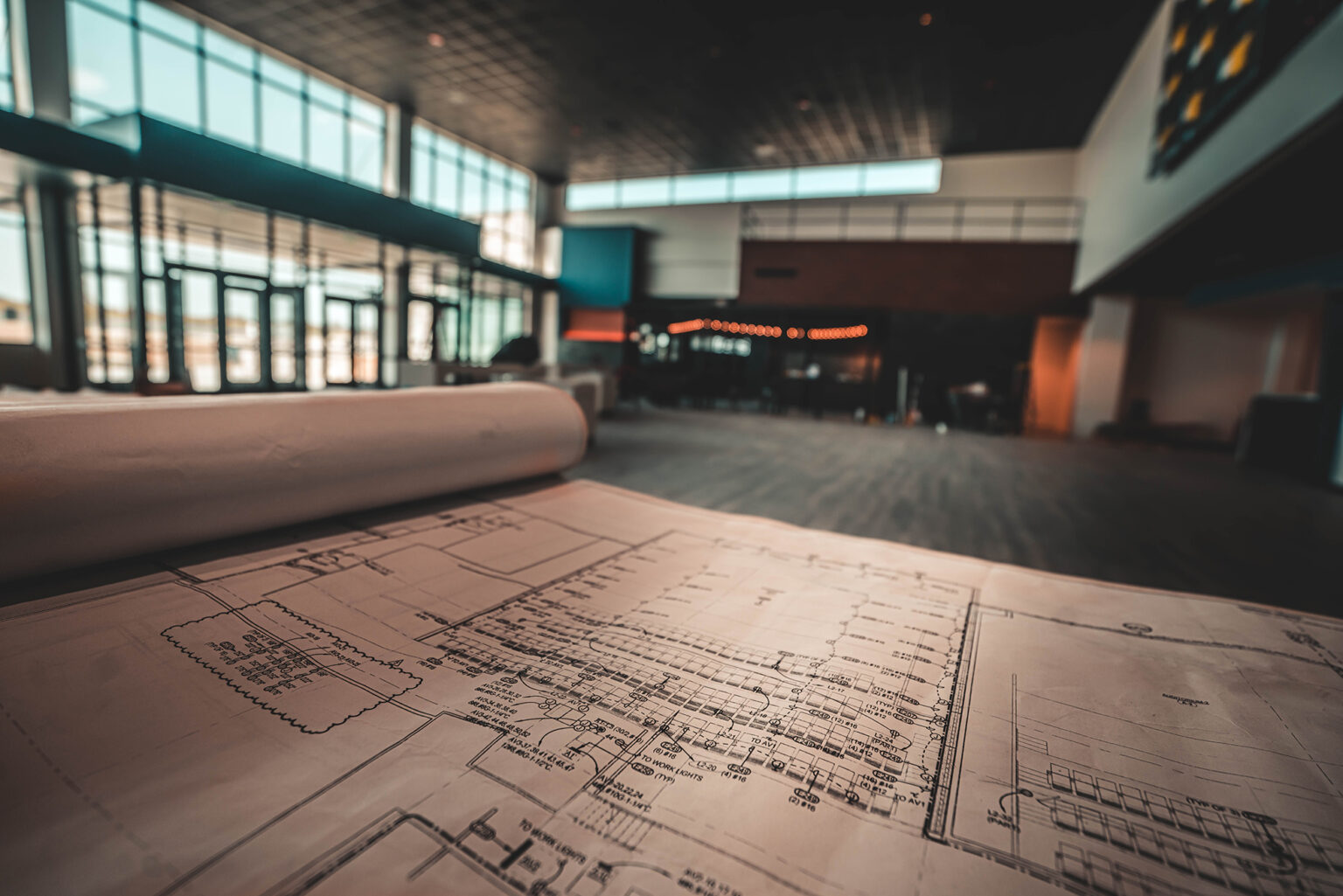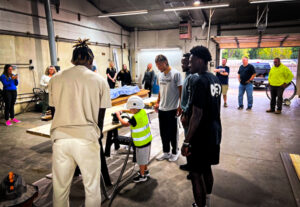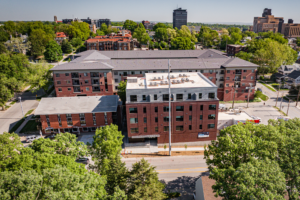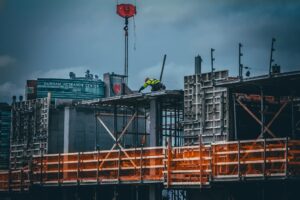A Guide to Design-Bid-Build, Design Assist/CMR, and Design-Build Delivery Methods
Choosing the right construction project delivery method is one of the most critical decisions a developer or property owner can make. With various approaches available, it’s important to understand the differences between them and how each can impact the timeline, budget, and overall success of a project. From the traditional design-bid-build model to the more integrated design-build approach, learn about three of the most common construction delivery methods to help you make an informed choice for your next project.
The Traditional Approach
Design-bid-build (DBB) is the most conventional and widely used construction delivery method — often referred to as the traditional approach. With this method, the design and construction phases are separate. Design first. Build second. The owner contracts separately with an architect (the design). Once design is complete, the project is sent out for bids, and a contractor is selected.
In this delivery approach, the lines are very clear about who does what. The architect is responsible for the design, while the contractor handles the construction. This delineation ensures clarity and accountability at each stage of the project. While clarity is crucial for any construction project, this method can have a couple of downsides. One, it can take longer. Design must be final before starting the process of finding the contractor. Two, there’s the potential for higher costs. When a contractor isn’t involved early on in the process, design modifications may be necessary based on their expertise once construction begins.
A Collaborative Approach
Design assist or construction manager at risk (CMR) is a more collaborative approach that brings the contractor into the project early. The construction project team is working alongside the design team to manage costs and schedules. And they’re sharing their experience and expertise from the very beginning.
This early input can result in better cost control, more accurate scheduling, and fewer surprises once construction begins. It also promotes a very collaborative environment, fostering better communication between all project stakeholders. These can ultimately lead to more informed (and better) decision-making. It’s particularly effective for complex projects. Early contractor insight into constructability and material selection can make or break the project.
An Integrated Approach
Known as design-build (DB), this integrated project delivery method is where the owner contracts with one entity to manage both design and construction. This can be with a firm who has design services on staff or with a general contractor who outsources to a design partner. This reduces the risk of miscommunication or conflicts between the design and construction teams because it’s one group and primary point of contact. This streamlined approach offers efficiency and accountability.
By combining design and construction under one umbrella, the DB method can shorten the project timeline. Design and construction phases can overlap, so construction can begin before the final design. Another benefit is the project is typically delivered on a more predictable schedule and budget since the designer and builder are aligned from the start. This minimizes the risk of cost overruns and delays.
Selecting the best construction delivery method for your project depends on a lot of factors. Budget, timeline, complexity, and desired level of involvement in the process all have an impact. Do you want clear separation between design and construction knowing it might take longer? Or maybe you’re looking for a way to foster collaboration and speedier delivery? By understanding these methods, you can choose the approach that ensures your project is completed successfully, on your timeline and within your budget.





